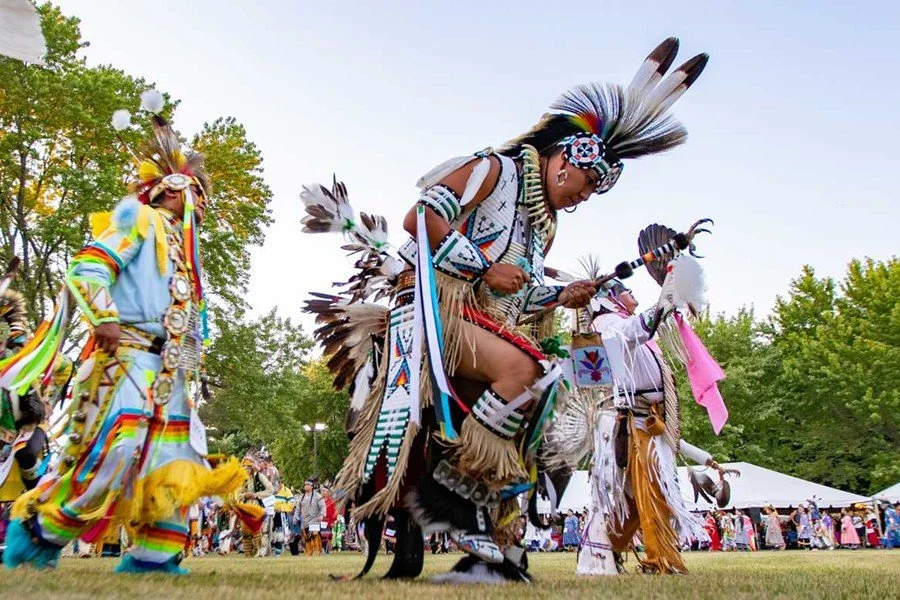homestate wisconsin
By Ben Everidge for Thomas
Photo Credit: Travel Wisconsin
wisconsin at the Crossroads: 10 Issues That Define the badger state’s Future
“Wisconsin doesn’t shout; it works. In a nation divided by noise, the Badger State still knows that progress is built by hand, not by headline.”
- Ben Everidge
Wisconsin has always been more than a Midwest state. It’s a mirror for America’s middle. Its dairy farms, factories, and cities have shaped the nation’s identity, while its political swings often predict the country’s direction. Today, the Badger State faces familiar tensions: economic opportunity versus rural decline, innovation versus tradition, and polarization versus pragmatism. The future of Wisconsin, and perhaps the nation, will depend on whether it can rediscover the common ground that once defined its civic spirit.
1. Manufacturing Modernization and Economic Renewal
Manufacturing remains Wisconsin’s backbone, but global competition and automation demand reinvention. Expanding advanced manufacturing, clean tech, and logistics can secure the next generation of middle-class jobs.
2. Agriculture and Dairy Sustainability
The dairy industry still defines Wisconsin, yet family farms continue to close amid consolidation and price volatility. Emphasizing sustainable practices, local markets, and diversification could revive the rural economy.
3. Workforce and Education Gaps
Teacher shortages, declining enrollment, and aging workers threaten future productivity. Strengthening technical colleges, apprenticeships, and K-12 funding will be vital to maintaining Wisconsin’s skilled workforce advantage.
4. Healthcare Access and Rural Stability
Rural hospitals face financial stress, while urban healthcare costs climb. Telehealth expansion, Medicaid support, and community health programs will determine whether access keeps pace with need.
5. Political Polarization and Democratic Reform
Wisconsin has become a national battleground for voting rights, gerrymandering, and governance. Restoring public trust through fair maps, civic engagement, and independent leadership will shape the state’s political legacy.
6. Energy Transition and Environmental Stewardship
From Lake Michigan’s shoreline to the Northwoods, Wisconsin faces mounting environmental challenges. Expanding renewable energy, restoring waterways, and addressing climate resilience will test its reputation as a conservation state.
7. Urban-Rural Divide and Regional Equity
Milwaukee and Madison drive economic growth, while many rural counties fall behind. The next decade will hinge on building policies that unite city and countryside around shared prosperity, not resentment.
8. Infrastructure, Transportation, and Broadband
Aging infrastructure and slow broadband expansion hinder economic mobility. Investing in roads, rails, and connectivity is key to ensuring opportunity reaches all 72 counties.
9. Public Safety and Social Cohesion
Rising concerns about crime, coupled with debates over policing and community investment, reflect deeper social fractures. Building safety through trust, not division, will require new leadership models.
10. Innovation, Entrepreneurship, and Quality of Life
Wisconsin’s future depends on its ability to attract and retain talent. Investing in creative economies, university research, and livable communities could turn the Badger State into a Midwest model for sustainable success.
Wisconsin’s story has always been one of work - hard work, honest work, and work worth doing. But today, that ethic faces new tests in a globalized, polarized era. The Badger State’s next chapter will be defined not by ideology, but by innovation, and by whether its people can remember that the middle of America isn’t just a place. It’s a principle.
To learn more about Wisconsin’s issues, read:

